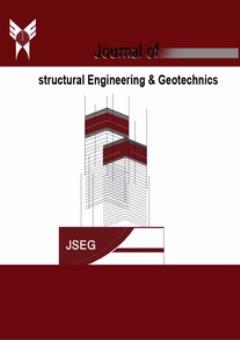Near-fault ground motions have caused very much damage in the vicinity of seismic sources during recent earthquakes. It is well known that under specific circumstances, intensive ground shakings near fault ruptures may be characterized by short-duration impulsive motion
More
Near-fault ground motions have caused very much damage in the vicinity of seismic sources during recent earthquakes. It is well known that under specific circumstances, intensive ground shakings near fault ruptures may be characterized by short-duration impulsive motions. This pulse-type motion is generally particular to the forward direction, where the fault rupture propagates towards the site at a velocity close to shear wave velocity. Ground motions affected by directivity focusing at near-field stations contain distinct pulses in acceleration, velocity and displacement histories. These ground motions can generate much higher base shears, inter-story drifts and roof displacements as compared to far-fault ground motions. Since structures under the effect of destructive earthquakes enter an inelastic phase, so the study of inelastic behavior of structures under the effect of such earthquakes seems to be important. This study examined maximum acceleration, velocity, displacement of the roof mass center, inter-story drifts and base shears of building in inelastic state at moment steel frame buildings designed on the basis of buildings design code against earthquake (2800 Standard, the third edition) under the near-fault records and the comparison of these parameters with the simulated ones. The results indicate that the maximum demand of drift of stories, acceleration, velocity, displacement of roof mass center and inelastic base shear and the way of hinge formation in non-linear state under the near-fault records is the same as simulated records in short buildings. Moreover, the more the height of structure becomes, the more different the behavior of structure becomes and the response is affected by more faults or errors.
Manuscript profile


